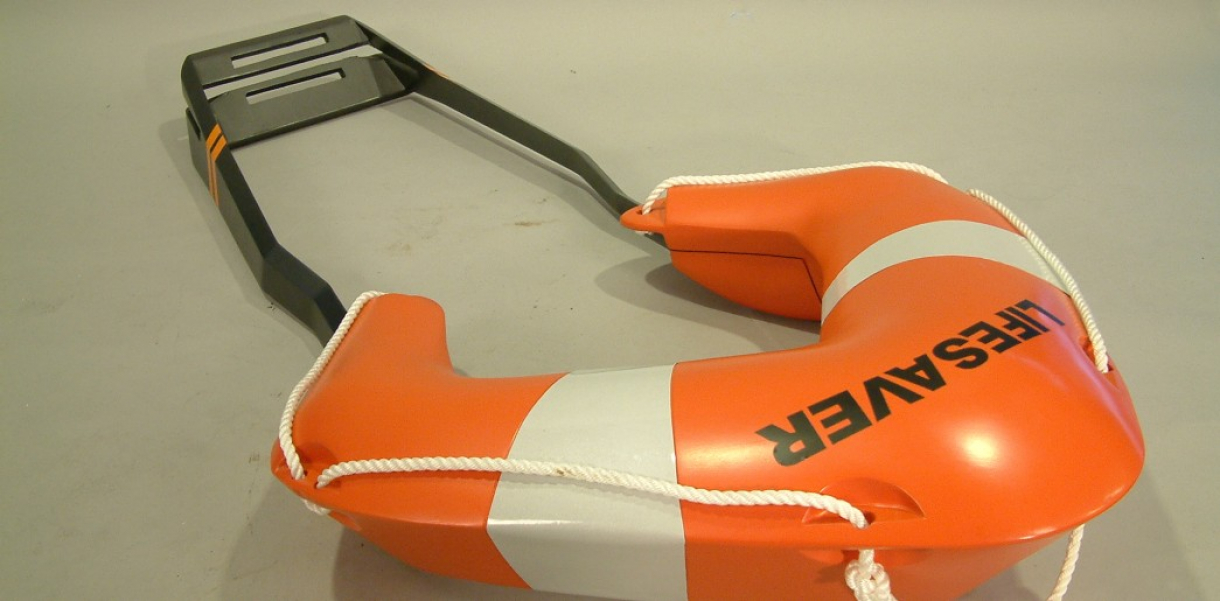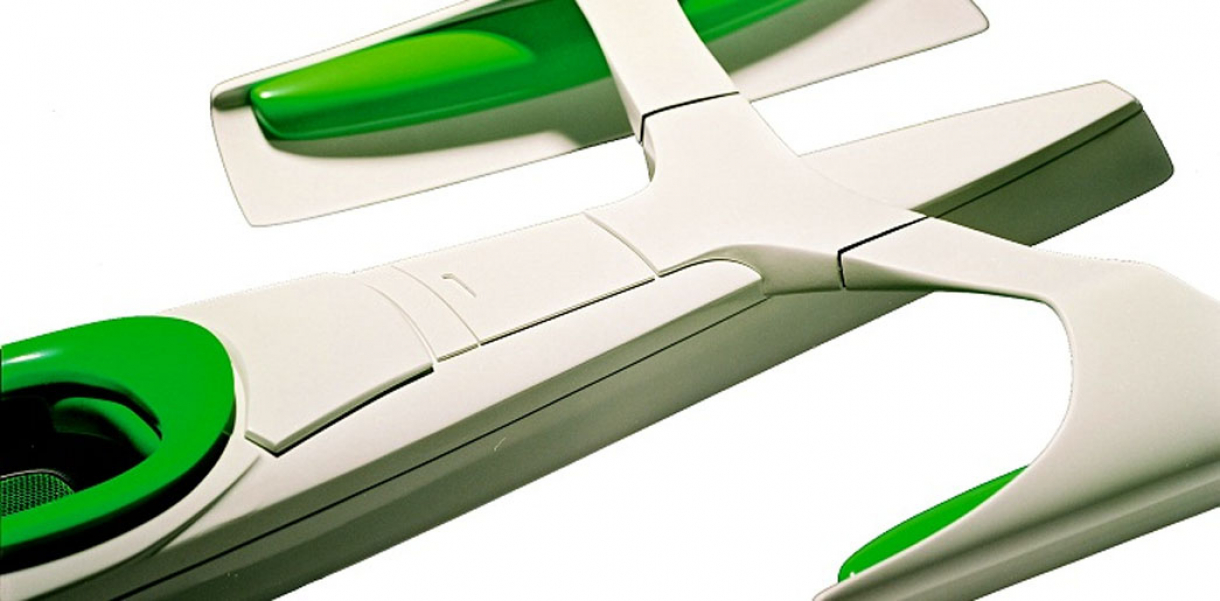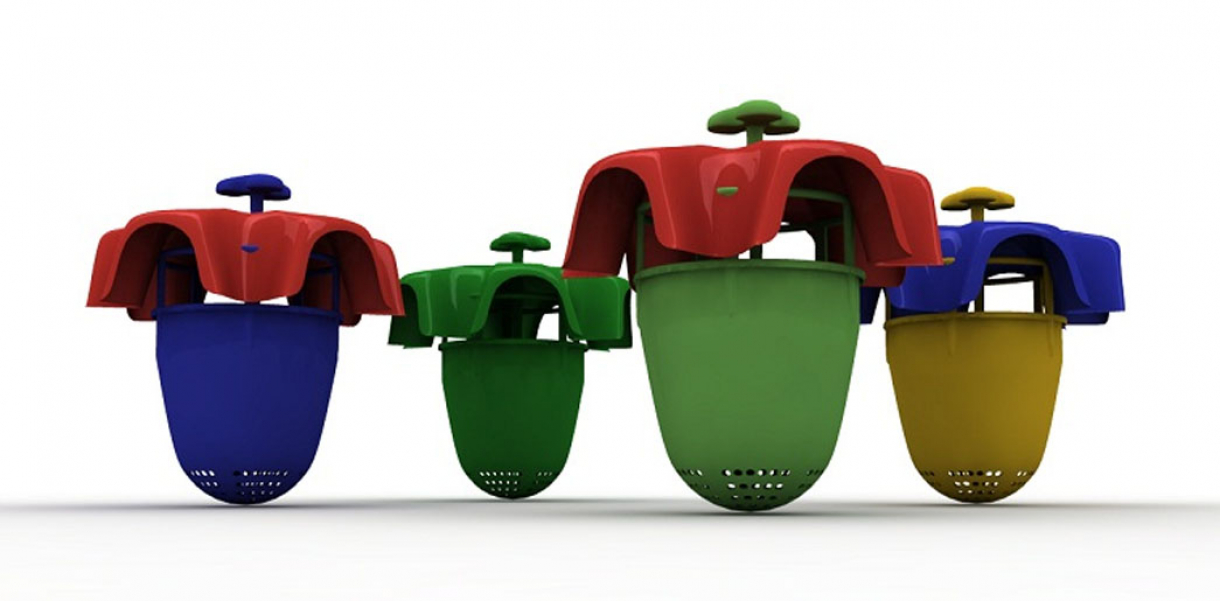Functionality and use of design
From the start, the equipment is docked on the beach, directly in front of the lifeguard tower. When situation arises, the lifeguard will run for the drowning.defender and drag it into the water, where he will engage the jet propulsion. He will then propel towards the victim, taking the shortest distance possible.
How did this design improve life?
A day at the beach can be a very fun and relaxing thing. Personal safety precautions are a must in order to stay out of trouble. The sea is an element that we do not have a complete control over. Things could happen when you least expected. Therefore, by practicing basic safety measures, many of these complications could be avoided.
However, the open sea can be rather unpredictable at times. Thus there is the beach patrol. Like the lifeguards at swimming pools, they maintain safety and water discipline at the beach. They will constantly patrol the beach and look out for any dangerous activities. When situations do arise, they will be the ones in the action, carrying out with the rescue promptly.
Beach patrol lifeguards are a bunch of able-bodied people that are both physically and mentally fit. They must be quick in identifying problems before it actually happens. While attending to a victim, he or she must immediately know what needs to be done and how to do it. This is when their lifesaving knowledge comes in. Their physical fitness is another aspect that they must maintain. Being a beach lifeguard is more physically demanding than being a lifeguard at your local swimming pools. The water condition at the sea is very much different in the pool. The water waves and current ads on to hinder rescue process. In the open water, the distance between the lifeguard and the victim could be infinite. Thus, physical fitness and stamina is important for beach lifeguards. To carry out efficient rescues, the beach patrols have various equipment to assist them.
Being a lifeguard is a rather highly respected profession. Hence I decided to explore into designing something for them.
The problem I see now with the current lifesaving equipment is that they are rather big and bulky. Over here, I am referring to the basic buoyancy rescue aids, the rescue tube, the ring buoy, etc. The bulkiness of the floating aids is a hindrance to the lifesaver. It adds on to the water resistance when swimming towards the victim. I had personal experiences of swimming with the rescue tube. I encountered slight resistance because the tube will be dragging behind me. The drag will be amplified when in open water, where there are water currents and waves.
Yet the mass of the aids are necessary. It is necessary so that there will be enough surface area for the victim to grab on for buoyancy and support. In fact the bigger the more comfortable the victim will feel.
There were also many cases whereby lifesavers actually had to put their own lives at risk in order to save the distressed victim. And in some attempts, the victims actually dragged the lifesavers down together into the water grave. Lives are lost.
The drowning.defender is a new lifesaving concept equipment. This concept is developed in an effort to respond to the emerging needs of the lifesaving industry.
This lifesaving system consists of a jet propulsion unit and a floating aid. It is most suitable for the retrieval of single victims.
With the drowning.defender, efficiency in the rescue process is greatly enhanced. The enhancement in speed is one of the added values of this product. Another innovative feature is the new floating aid concept. It gives the victim an extra sense of security, thus eminently reducing panic and anxiety.
Drawbacks of life improvement
This design proposal is just a concept at the moment. Not much testing had been done about it. So at the moment, I will say drawbacks - none.
Research and need
For this project, I had approached a couple of local beach patrols and pool lifeguards. They felt that it is a good attempt to re-design the ring buoy, and they liked the idea of incorporating jet propulsion in the rescue process.
Had also researched on some existing rescue crafts and taken a look at their specs. For instance, the 'Powerski Jetboards' are some of the existing products that I had researched on the course of this project.
Designed by
Chng Jonning & Temasek Design School - Singapore




